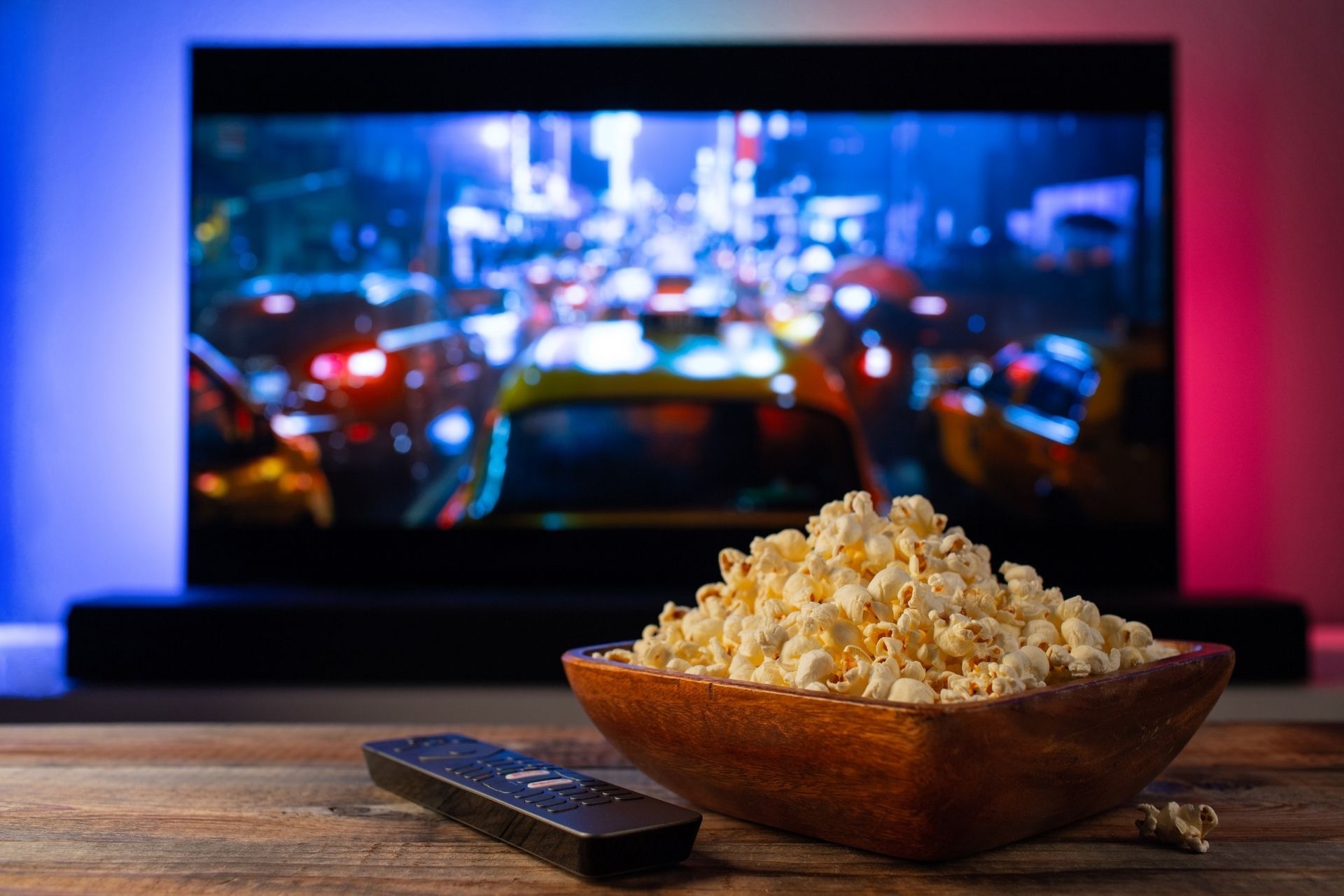Submarine Fiber Optic Cables
How do submarine fiber optic cables transmit data across long distances underwater?
Submarine fiber optic cables transmit data across long distances underwater by using light signals to carry information. These cables are made up of strands of glass fibers that transmit data through pulses of light. The light signals travel through the fibers, bouncing off the walls due to total internal reflection, allowing the data to be transmitted quickly and efficiently over vast distances.



